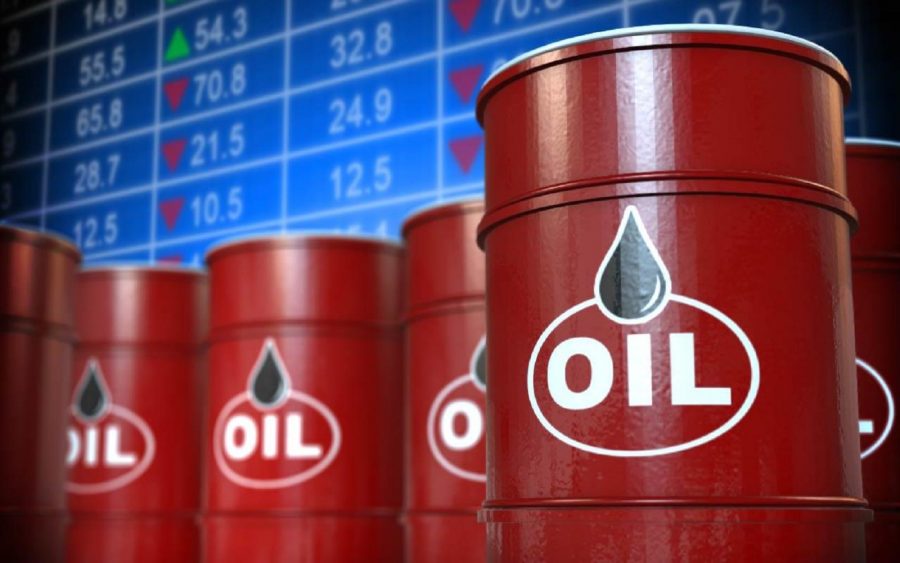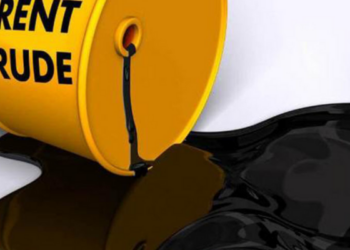Last week, Brent oil suffered a 10.3% loss and was down 8.5% in October as COVID-19 cases keep soaring. Demand is getting crushed and consumption would soon follow, as major countries in Europe begin lockdown. The majority of Nigerian oil buyers are in Europe and with imminent lockdowns, we might face a potential scenario where oil revenue would decline.
With oil demand in Europe being affected, global oil inventories are falling at a rate of around 2 million barrels a day in September and October and that decline will probably continue, according to Mike Muller, the Head of Asia for Vitol Group.
“We are seeing demand destruction unexpectedly from these lockdown measures – hundreds of thousands of barrels-per-day-equivalent for Europe alone,” he said. “But the bigger, overriding picture is still that the world is in a stock-drawing mode.”
The forthcoming United States election poses another threat to Nigeria’s oil fortunes. A win for Trump might leave things unchanged, although the ever-growing presence of the shale industry which currently suffers from poor profit margins and capital expenditure could affect Nigeria.
On the other hand, a win for Joe Biden might signal the decline of the American Oil industry. Although, this might be offset by the return of Iranian oil, as Joe Biden’s diplomatic relations with Iran might remove sanctions imposed by Donald Trump.
Joe Biden has vowed to ABOLISH American Oil and Natural Gas. Today I signed an order to strongly protect Pennsylvania's energy & fracking industry. If Biden & Harris get in, they will terminate this order and implement the Green New Deal. Get out and VOTE! https://t.co/gsFSghkmdM pic.twitter.com/VJMr2IeIgo
— Donald J. Trump (@realDonaldTrump) November 1, 2020
Additionally, the United States set another Covid-19 record last week Friday, as they recorded more than 100,000 cases. These statistics bring the total number of coronavirus cases in the United States (one of the largest consumers of oil) to 9 million cases.
Speaking of large consumers, Nigeria has hope in the improvement of demand from China and one of Nigeria’s frequent oil buyers, India. There have been reports that both nations have had economic activity pick up and this might be the only bullish signal for oil.
In contrast, the oil bears have all the necessary impetus to bring prices down. After prices had already hit the June low, there is a possibility that prices might target another support level. The catalysts to drive this include the buildup up of Crude draw in the U.S (one of the largest oil producers), as reported by the E.I.A last week.
Secondly, the imminent lockdowns in Europe and the rapid rise of coronavirus cases which signal the destruction of demand would give the bears more drive. In addition, the bears will be motivated by the uncertainty of the outcomes of the United States election, which signals a delay in the stimulus bill (which has provided oil markets support for the past few months).
Nigeria would need her allies in OPEC+ to push forward their meeting, originally slated for the ending of November/start of December. The bears have all the time to cause carnage in the oil markets and OPEC+ cannot afford to watch prices run down before the meeting.
Bottomline
The return of Libyan oil, which reports suggest is building momentum, poses another headache for Oil bulls. Libya is an OPEC+ member and home to Africa’s largest crude reserves. But it’s exempt from the group’s supply cuts initiated in May as the coronavirus pandemic stifled economies caused oil prices to tank.
With potential shortages in oil revenue coming, FX liquidity would remain as it is. Scary as it sounds, this might go on till 2021, as all the vaccine talk seems to have gone out the window. It just seems that Nigeria and Nigerians might be in for a longer Halloween.























